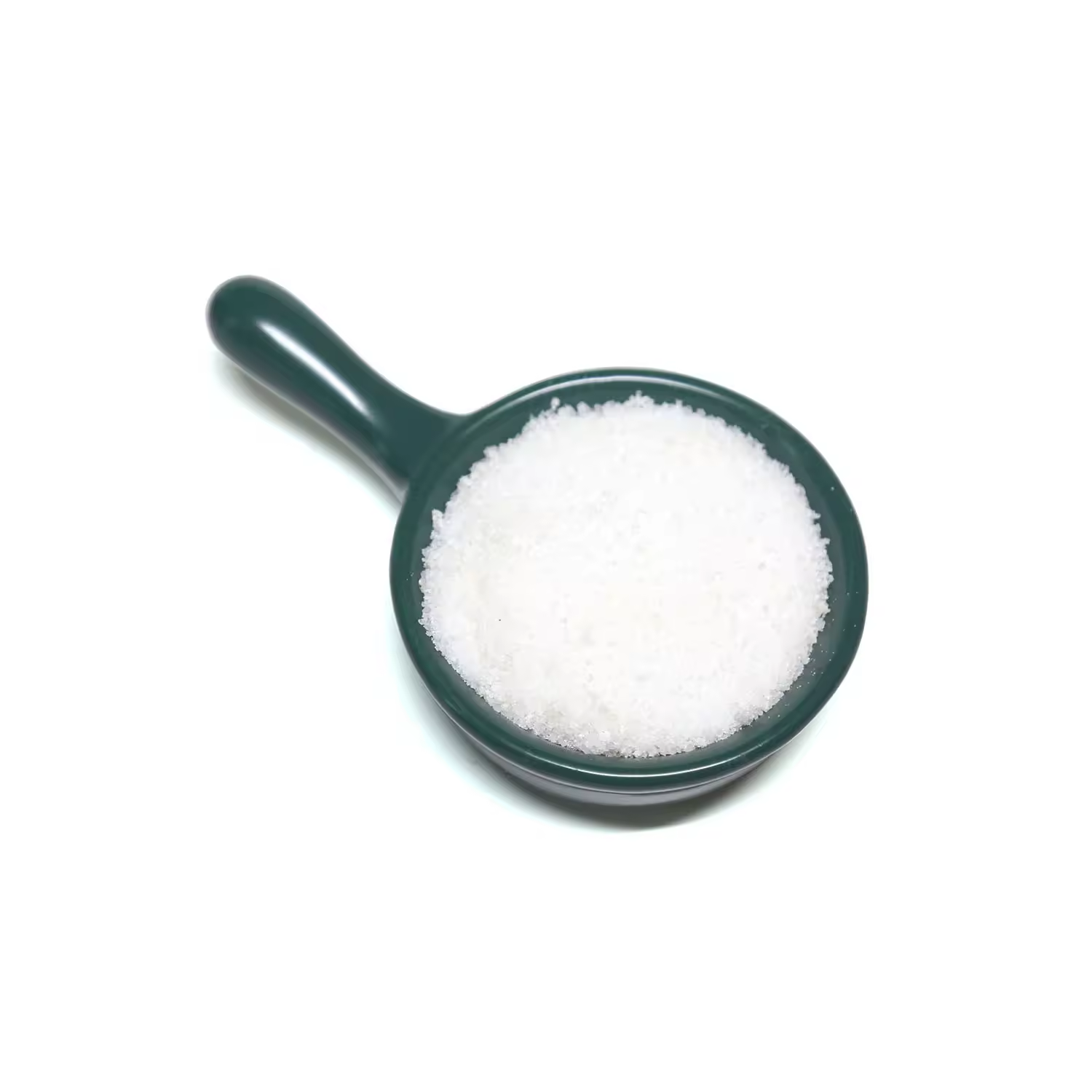Based on the high-throughput nanofluidic chip, the exosomes are loaded with drugs and kill the tumor process.
Based on the high-throughput nanofluidic chip, the exosomes are loaded with drugs and kill the tumor process.
On September 2, the team of Researcher Yang Hui from Shenzhen Institute of Advanced Technology, Chinese Academy of Sciences developed a nanofluidic chip technology, which realized the high-throughput preparation of exosomal drug carriers, and experimentally verified the new exosomal drug carriers.
Exosomes are nano-sized particles that can be secreted into extracellular space or body fluids by almost all cell types, with a diameter of about 30 to 200 nanometers.
The traditional methods of loading exogenous substances into exosomes, such as electroporation, have always had the disadvantages that the loading efficiency is too low and the integrity and functionality of the exosomes are easily destroyed, making exosomes useful in biomedicine.
With the help of nanofluid chip technology, the "Exosomal Nanoperforator" can precisely control the characteristics of the fluid at the nanoscale, and achieve highly controllable conditions for the preparation of exosomal drug carriers
As a class of antibiotics, doxorubicin is often used as a treatment for various types of cancers such as glioma, malignant lymphoma, breast cancer and lung cancer
"The research results show that the developed nanofluidic chip ensures the activity of drug-containing exosomes, and at the same time sets up a "direct channel" against cancer cells, tumor cells, etc.
At present, the research team is striving to standardize the production of this nanofluidic system
Related paper information: https://doi.
https://doi.
org/10.
1002/smll.
202102150
This article is an English version of an article which is originally in the Chinese language on echemi.com and is provided for information purposes only.
This website makes no representation or warranty of any kind, either expressed or implied, as to the accuracy, completeness ownership or reliability of
the article or any translations thereof. If you have any concerns or complaints relating to the article, please send an email, providing a detailed
description of the concern or complaint, to
service@echemi.com. A staff member will contact you within 5 working days. Once verified, infringing content
will be removed immediately.







